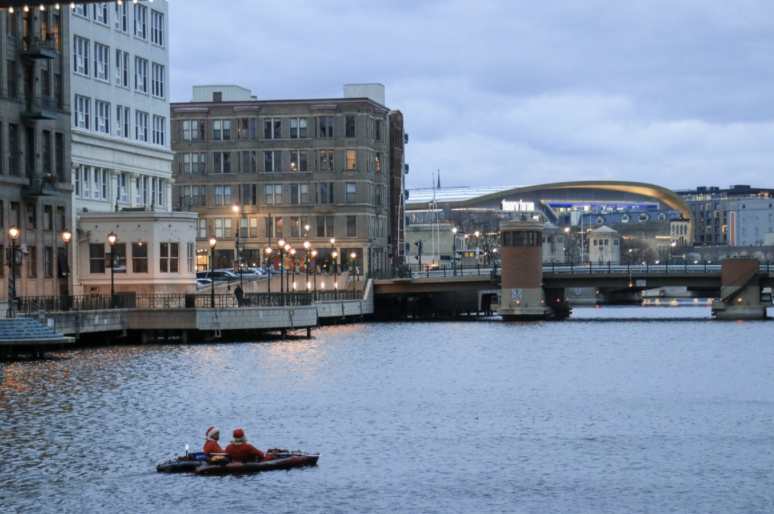Many creatives have been scared recently. All of them are worried about the same thing in particular: AI.
Artificial Intelligence has been proven to be an effective tool when looking to make services more convenient and accessible. It can produce artistic pieces faster than most humans can ever dream to, and these pieces can be tweaked and arranged to create exactly what the user wants to see. This, however, does not mean that the technology will come to replace the significance and importance of real, human art.
AI is a tool that is meant to make life easier. It can be used for promotional materials, content creation or the elaboration of any type of media for consumption. In the recent horror movie “Late Night With The Devil”, AI images were used on three small occasions. Although these images are made using an algorithm, they were also heavily edited by the movie’s production crew. It served as a component of the project, not the entirety of it. No company would hire an artist to draw three stills that are then to be edited by existing employees.
In other instances, people use AI recreationally to create images. These images are created using written prompts and occasional supplementary photos. As such, they are not completely original pieces. However, most are not meant to be considered as such. AI is often misused, but a powerful tool in the current digitized society we live in. Learning to use it efficiently can help creatives and non-creatives alike in developing their creative senses.
Many might find AI to be an easier way of creating images because they are not particularly artistic. This can be especially useful for people to create promotional material for themselves, visualize a certain image or simply making a funny meme to send to a friend.
However, issues may arise when these images are developed using existing artist’s pieces and prolific or renowned artists are often used as inspiration for these. Greg Rutkowski, an artist renowned for his magical drawings depicting mythical creatures and fantastical sights, is one of the most commonly imitated artists by AI users.
Rutkowski has been sighted as being moderately worried about the way these technologies can affect his career, as his images were scraped from an artist’s platform called ArtStation, a site where artists often upload their digital portfolios.
This does present an issue, as copyright concerns have been a constant dissuader from the consistent usage of AI. Artists are not unhappy that their art is used as a basis for others to learn, however. They are rightfully confused as to how a company can take their content to fuel its algorithm without their permission.
Currently, there are no laws that dictate that AI images and content must be labelled as such in any sort of media. The AI labeling Act of 2023 has been introduced in Congress, but has yet to pass as there has not been significantly worrisome losses or copyright infringement cases surround AI art.
The issue with artificial intelligence currently is not that it has the potential to murder the careers of millions of creatives or that it is going to bring an end to creative works as a whole. It does not function effectively enough for artistically inclined people to turn to it instead of creating original works. The problem is the unethical practices that are surrounding the technology and exacerbating its negative qualities.
AI is simply another tool that people can use to streamline certain aspects of their processes. It can serve as a fountain of inspiration, but that fountain has a very clear and defined bottom. AI cannot innovate and it cannot create new concepts out of an amalgamation of old ones. That is a job that is still reserved for artists who possess the innately human characteristics that are creativity and artistic sense.
This story was written by Clara Lebrón. She can be reached at clara.lebron@marquette.edu.







